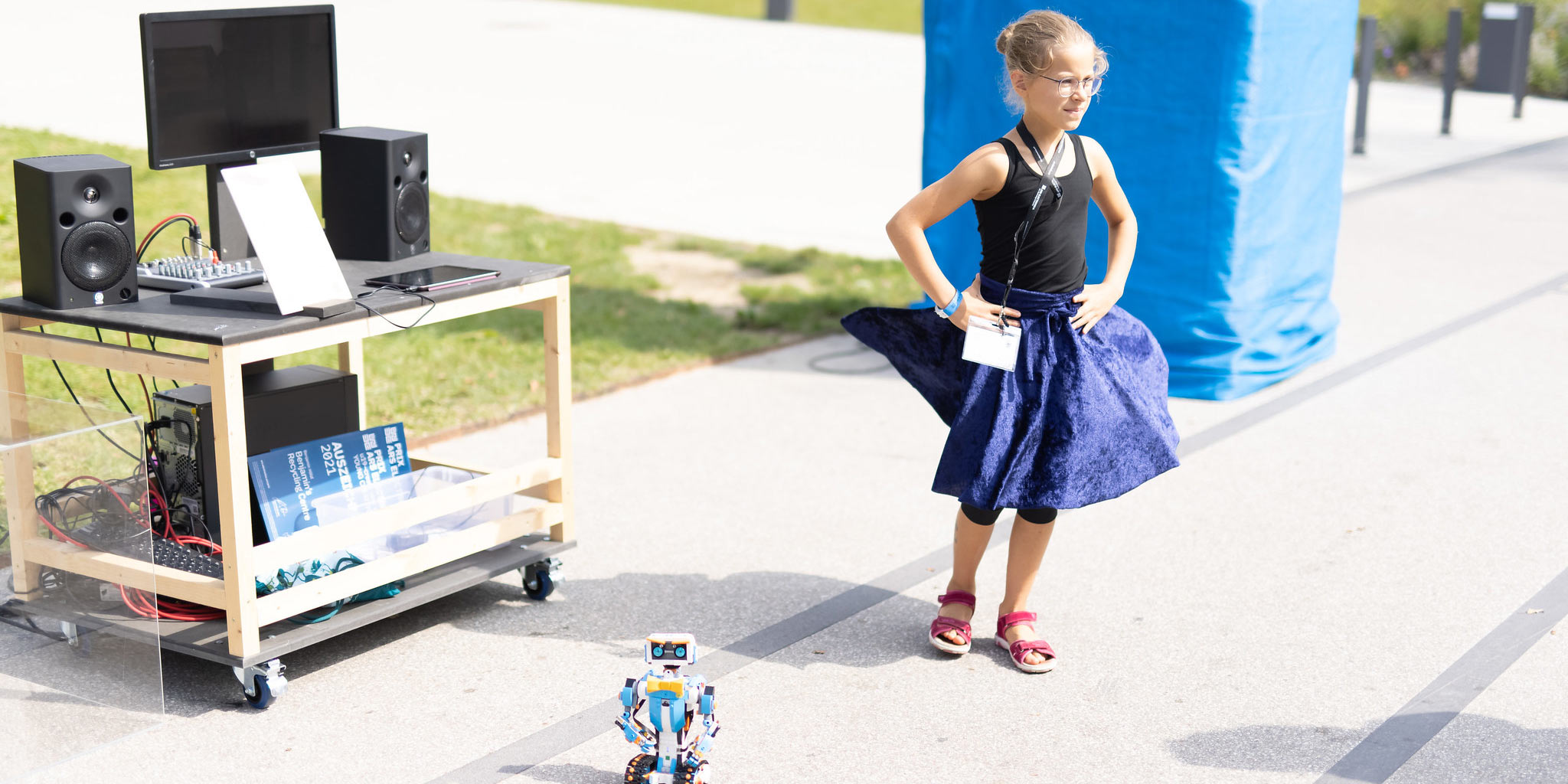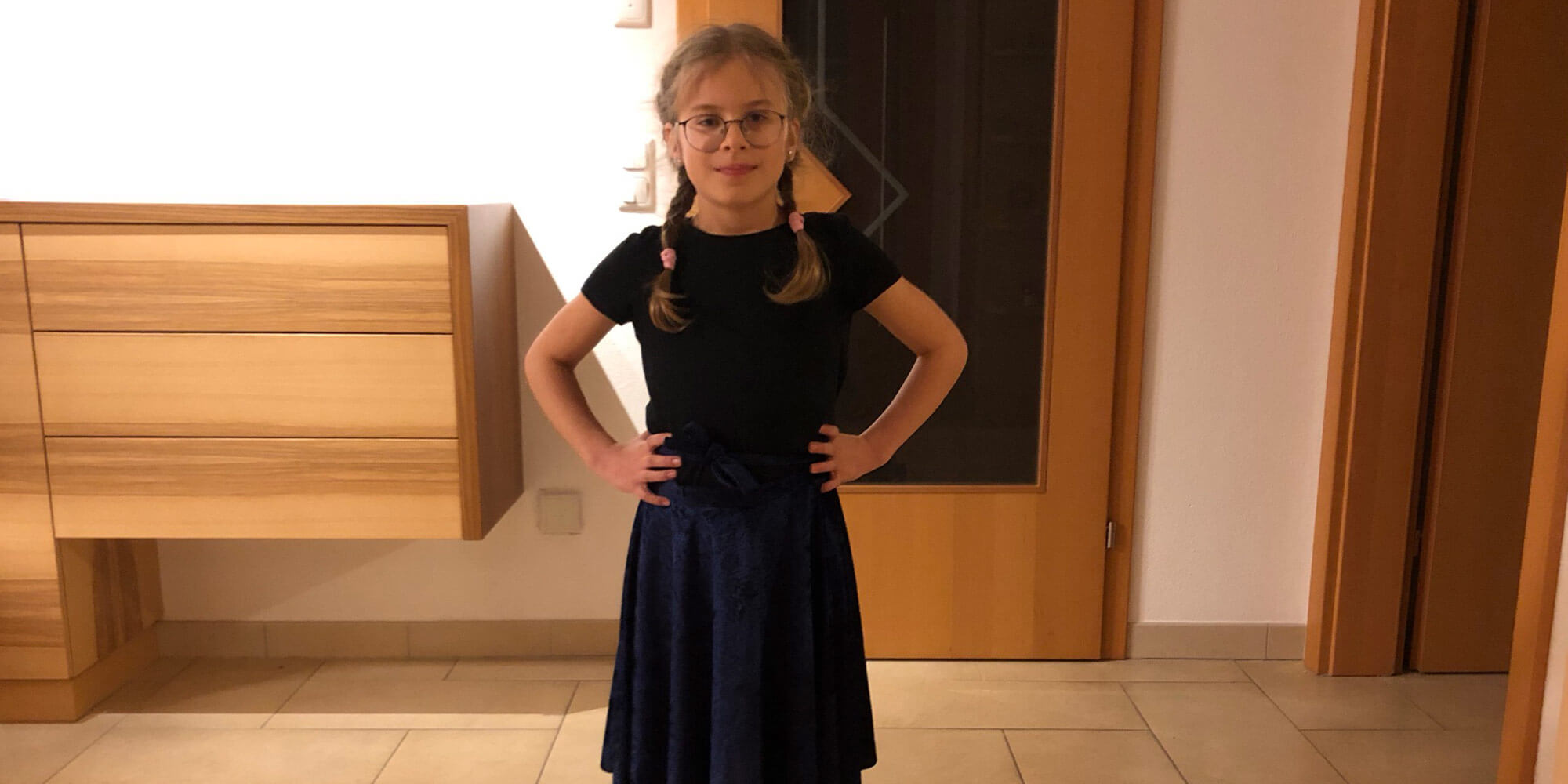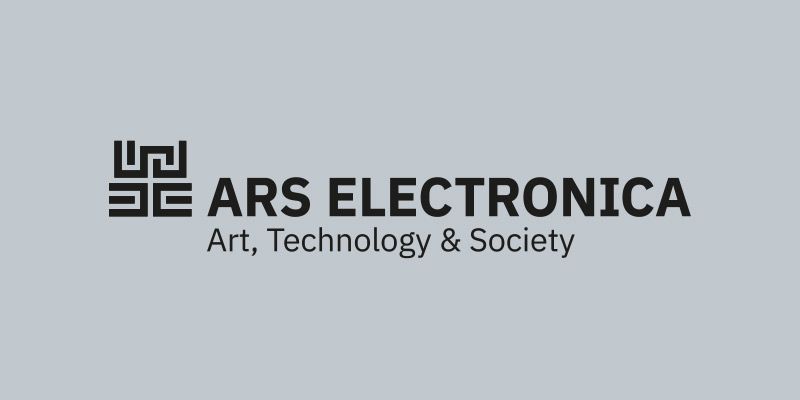Due to the COVID-19 pandemic restrictions, people were not able to attend dancing lessons or go to a disco. But because dancing is much more fun with a partner, the robot has become the dance partner. Why should robots only be used for work? Vernie, the LEGO BOOST ROBOT, was programmed to enable it to waltz.
Sarah built Vernie the robot according to LEGO instructions. But when it comes to programming, creativity is required. Thanks to the ready-made programming components, this is child’s play in a technical sense, and there are countless ways of programming. The robot plays music, can speak, and can move in all directions. The movements of the LEGO BOOST robot were combined with music, which means that both programs (music and movement) are played simultaneously as the robot dances with Sarah: forward and back, a quarter turn to the left, a quarter turn to the right, a full turn, forward and back again, and then the turns again.
Sarah tried out various pieces of music, but the robot’s movements worked best with classical waltz music. Vernie dressed up in his nicest clothes for the dance performance and put on a bow tie. Sarah just had to learn the same steps as the robot, and the dance was ready to perform.
Little Dancing Stars: Alle im Takt was awarded a Young Creatives Honorary Mention in the u10-create your world category at the Prix Ars Electronica 2021.



